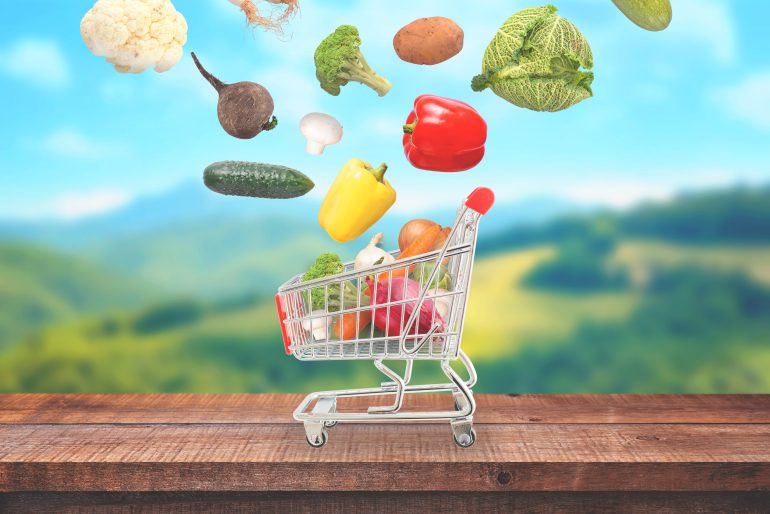A study commissioned by the government confirms that territorial supply constraints are an issue for both business owners and customers, leading to higher prices, a lower profit margin and a more limited range of products available.
A jar of applesauce from the same brand costs 99 cents in Belgium but 1,75 euros in the Netherlands. The Dutch buy a six-pack of regular Cola for 5,34, while people in Belgium only pay 3,49 for the same product. This is an effect of territorial supply constraints (TSCs), which – as the latest research shows – affect up to 1 in 25 goods available in Dutch chain grocery stores. The price of these products is on average 10% higher here than elsewhere. TSCs are imposed by producers on customers, allowing them to only buy within a certain geographical area. This determines whether something can be purchased abroad and resold in the Netherlands.
Territorial supply constraints
In July 2023 Micky Adriaansens, Minister of Economic Affairs and Climate, announced that the government would launch a study to clarify the scope of TSCs in the Netherlands. This was a response to the complaints from the retail sector. In the past months, research agency Ecorys conducted a survey among professional buyers for larger companies in sectors where, based on previous research and expert opinions, problems with TSCs were estimated to be most likely. Professional buyers of more than 300 companies were invited to the survey, including 21 supermarket chains and 89 companies from many other retail branches, such as drugstores, clothing stores, etc. Seven supermarkets participated, including the two biggest Dutch chains.
Government to take action
‘The study confirms our suspicions that purchasing constraints are a broader problem with negative consequences for both business owners and consumers,’ minister Adriaansens announced at the end of November.
Based on the results of the study, the government will now start working on options to reduce the unfair practice of international purchasing restrictions. Adriaansens has declared to work with fellow ministers from the Benelux to put the subject of territorial trade constraints on the European agenda in the autumn. Other countries including Austria and the Czech Republic, according to the minister, have expressed similar concerns.
One possible solution is a ban on discriminatory restrictions in business-to-business trade enforceable in all EU countries. Introducing the ban will not be easy and the ministers might first impose it in the Benelux. However, they are determined to strengthen the EU internal market. Currently, regardless of the TSCs, retailers are not allowed to sell products with a foreign label in the Netherlands. Sticking a Dutch label on a product across the foreign label is often costly and logistically impractical. Hence, a change of labeling requirements is also to be considered.
Food prices in the Netherlands
While the Dutch tend to complain about grocery prices, according to a recent study by the European statistical agency Eurostat, they on average spend way less on food and non-alcoholic beverages than the residents of Switzerland, Iceland, France, Austria, Germany and Scandinavian countries. In Western Europe, the Netherlands has the lowest prices for bread and cereals. These products can be purchased in Dutch supermarkets 14% cheaper than the European average. The prices of fish, fruits, vegetables and dairy are also cheaper than in Europe. However, meat, oils and fats are priced above the European benchmark.
This, however, does not mean that the prices of groceries are not going up in the country. A study by the Consumers’ Association conducted in fourteen supermarket chains across the Netherlands revealed that in the first months of 2023, the Dutch had to pay on average 15% more for basic groceries than in December 2022. Consumers themselves notice it as well. In May this year, a survey carried out by ANP and Kieskompas showed that 70% of Dutch people pay closer attention to their wallets when shopping this year, with three in four people being more likely to purchase groceries on sale.
Written by Zuzanna Kuffel
